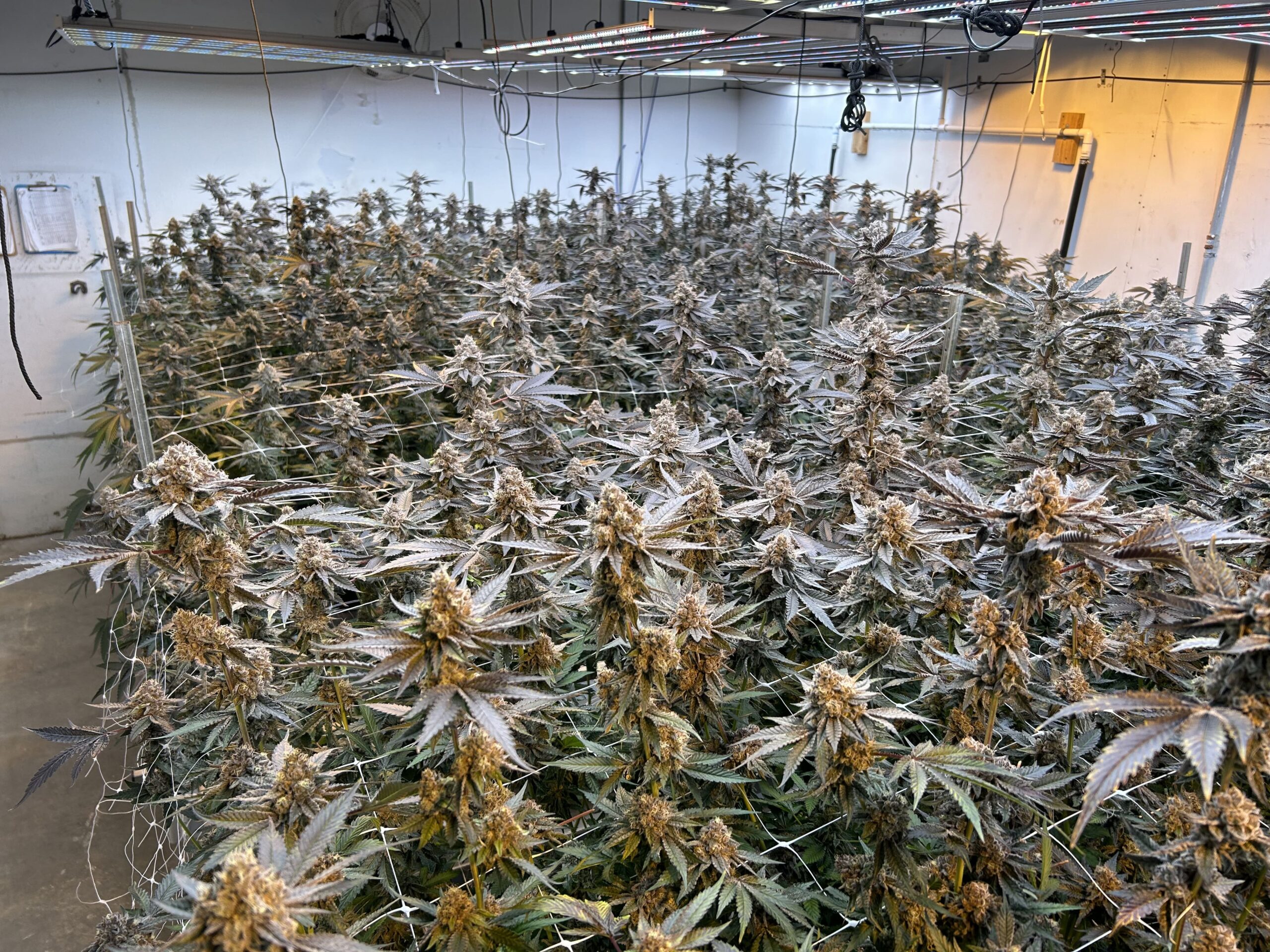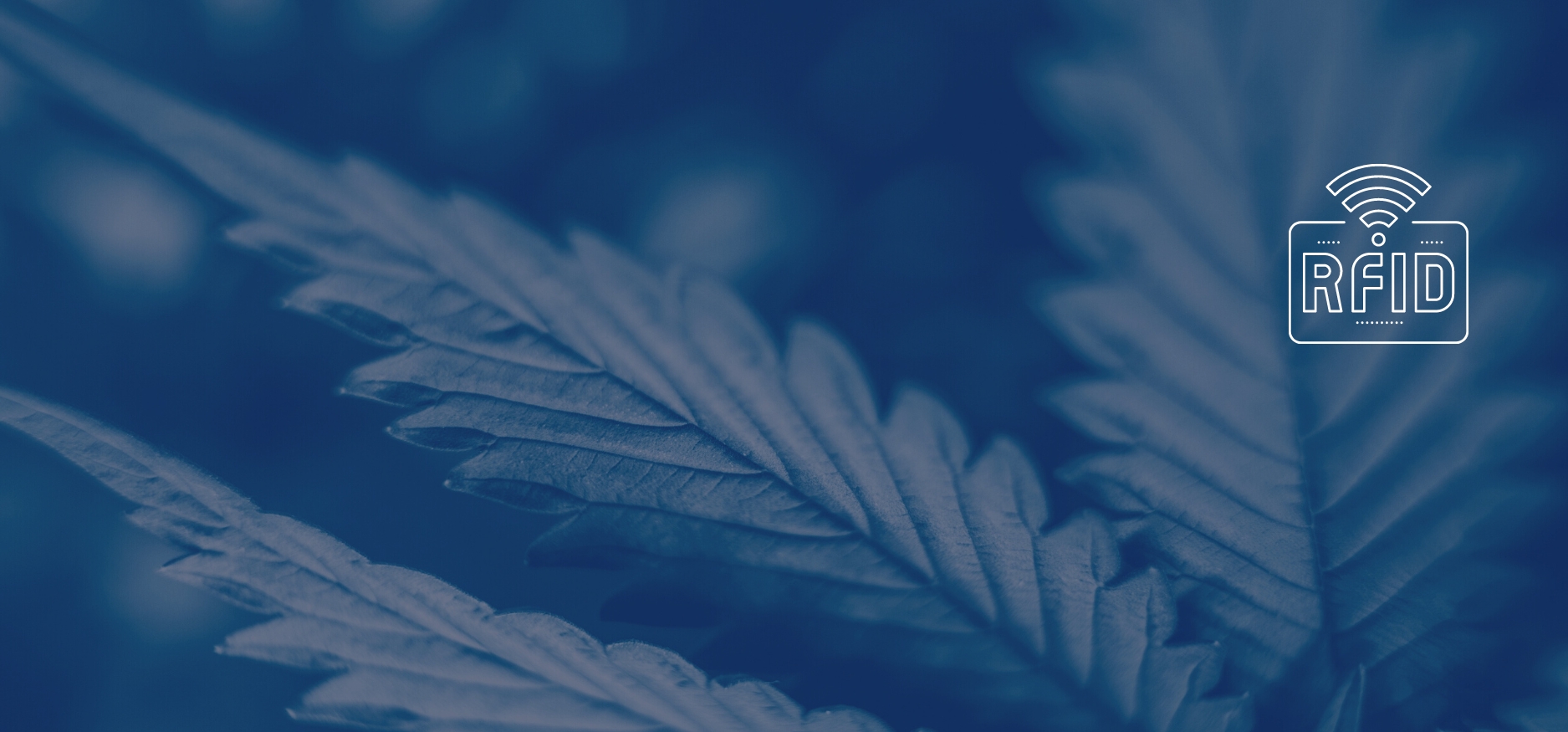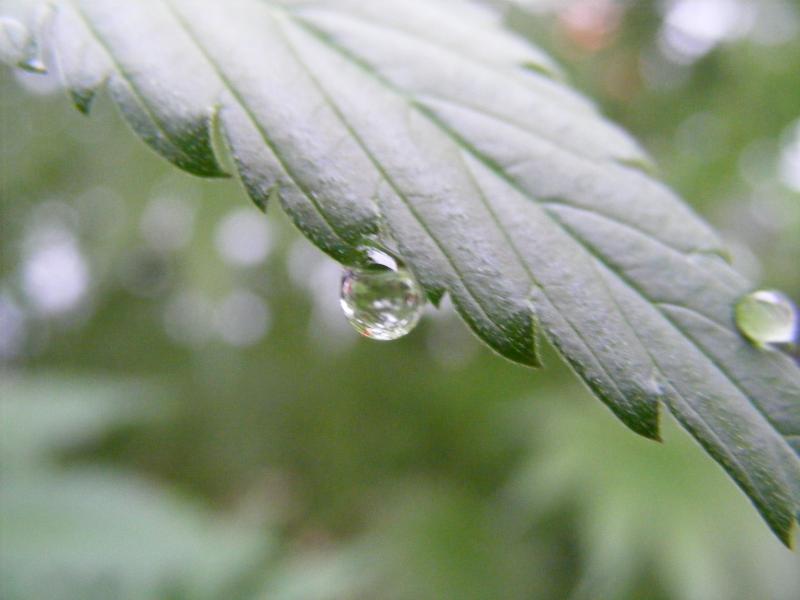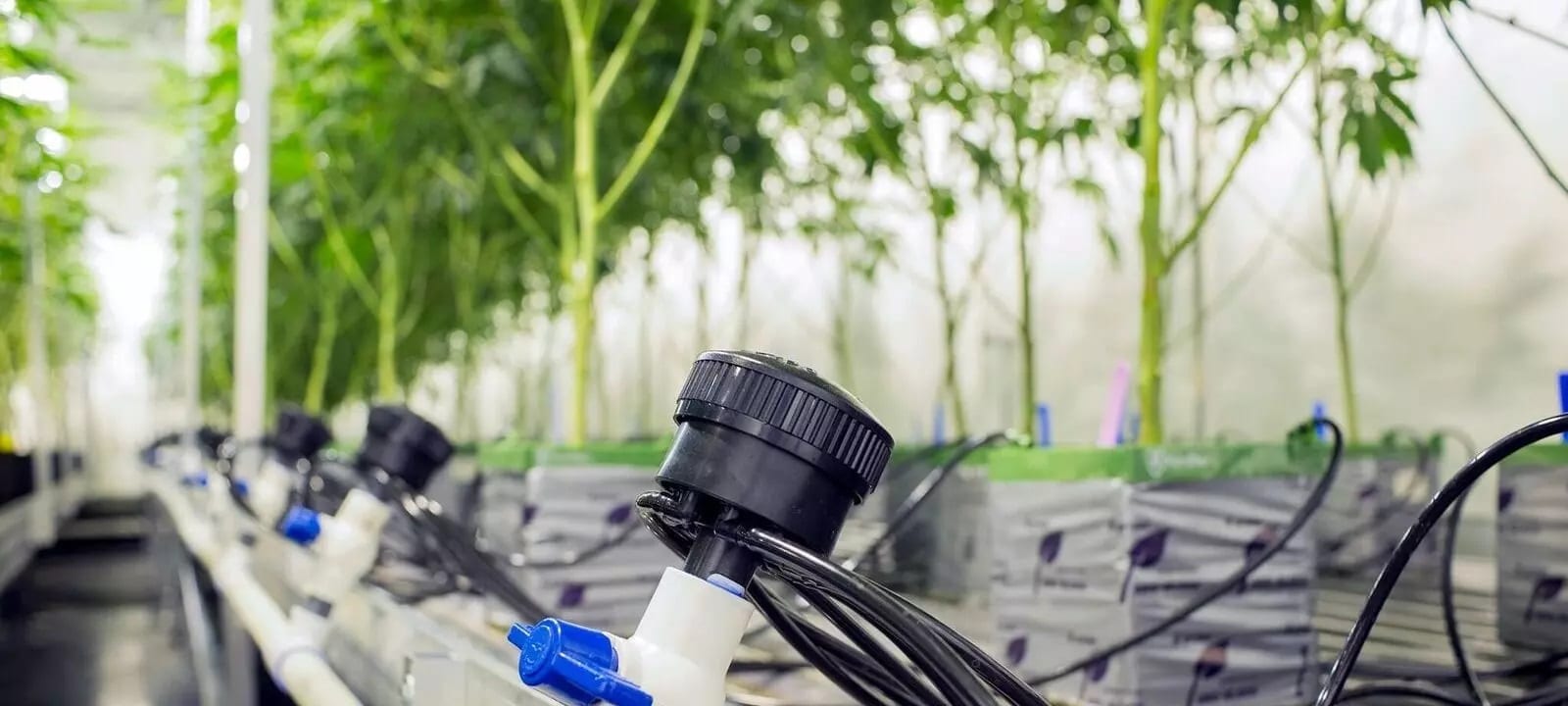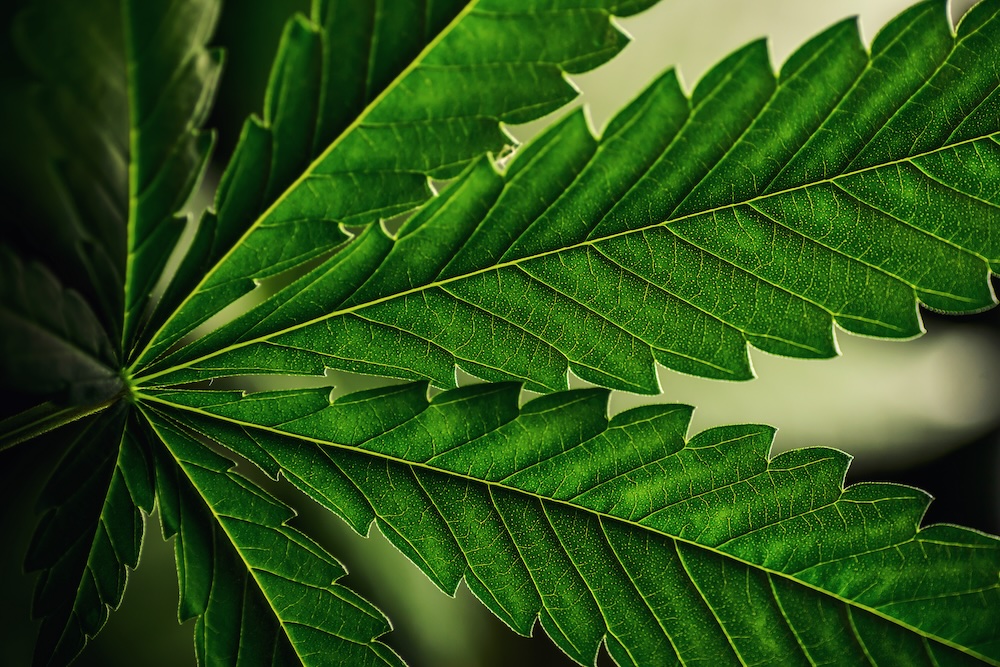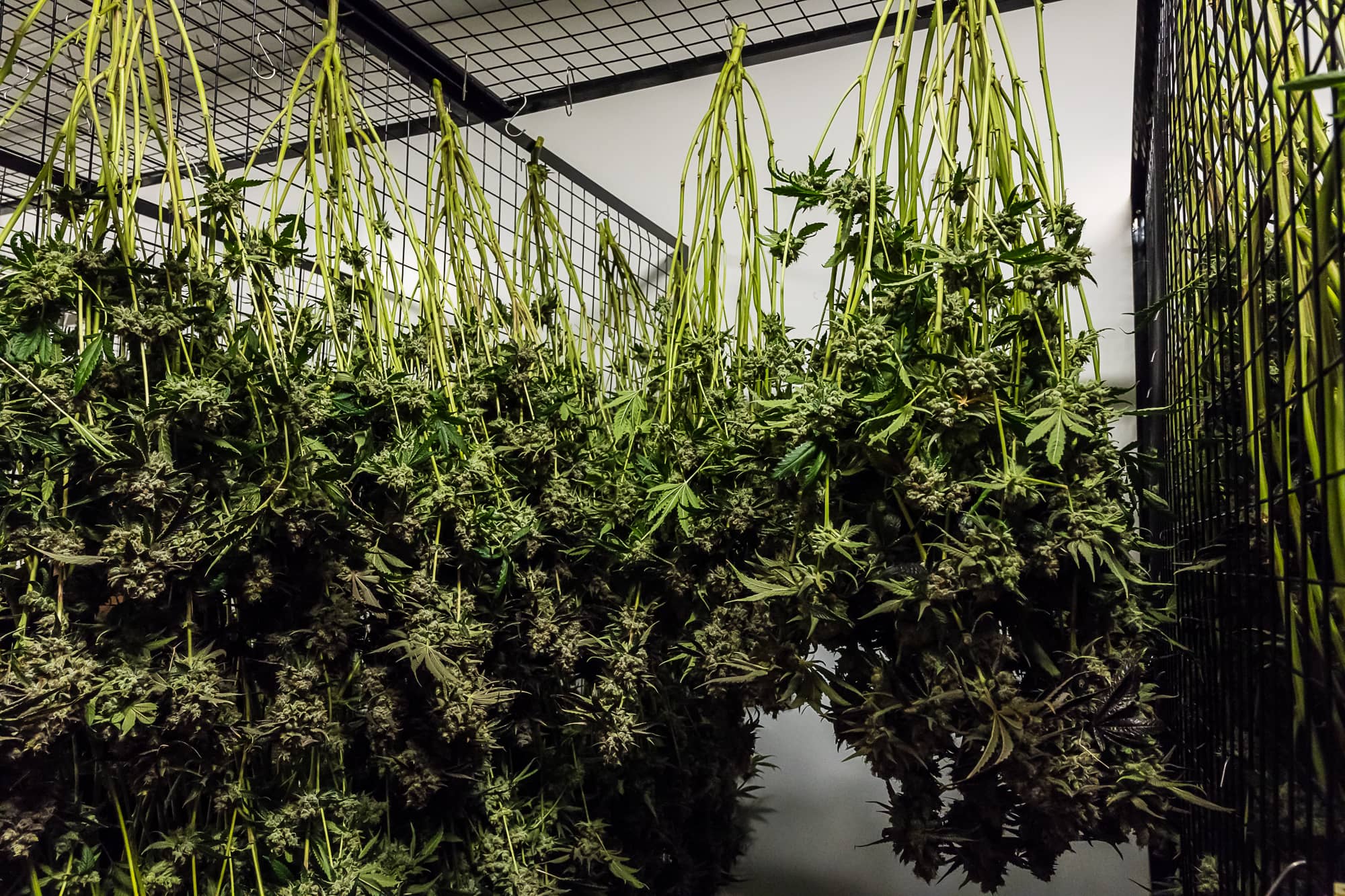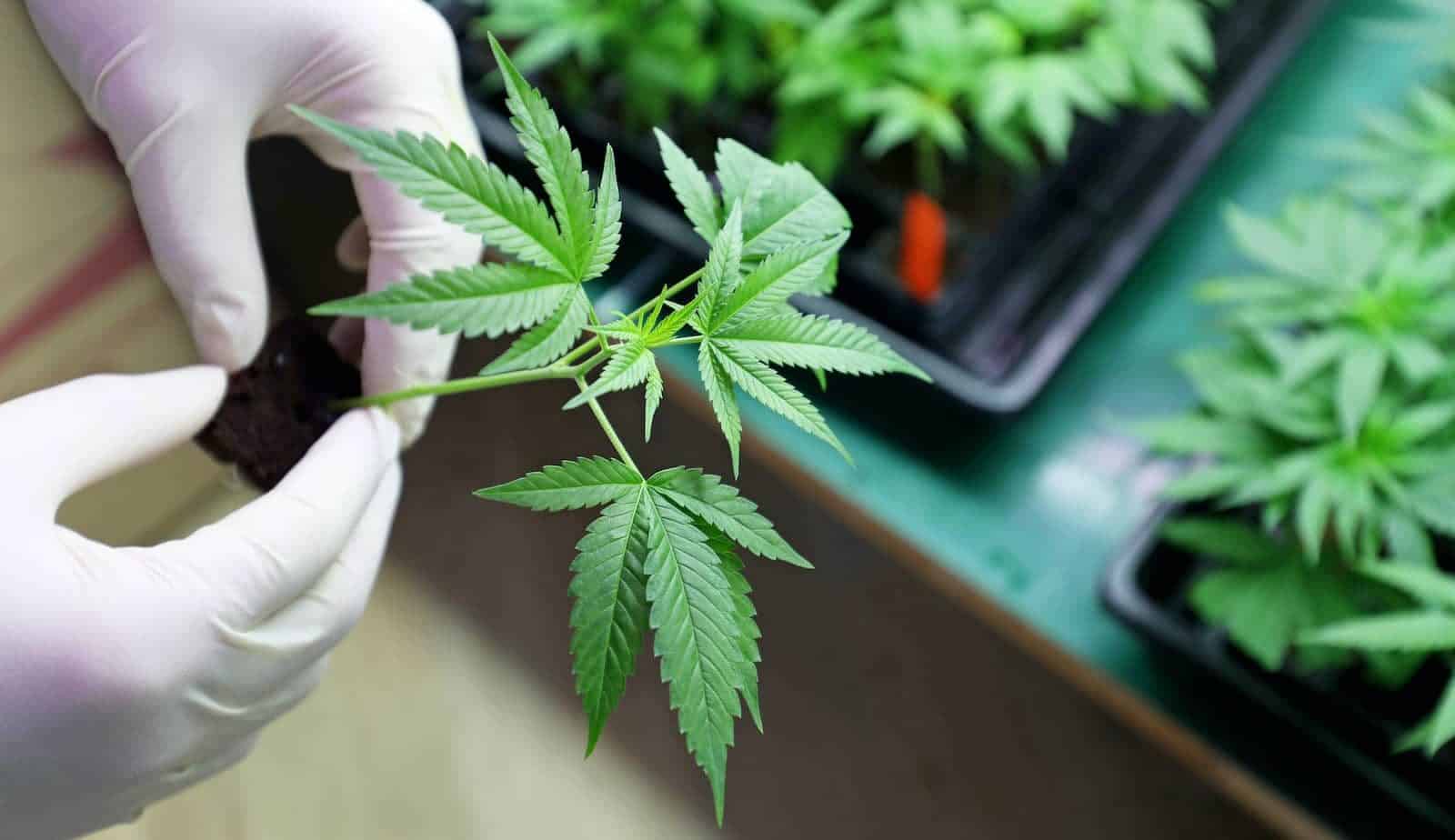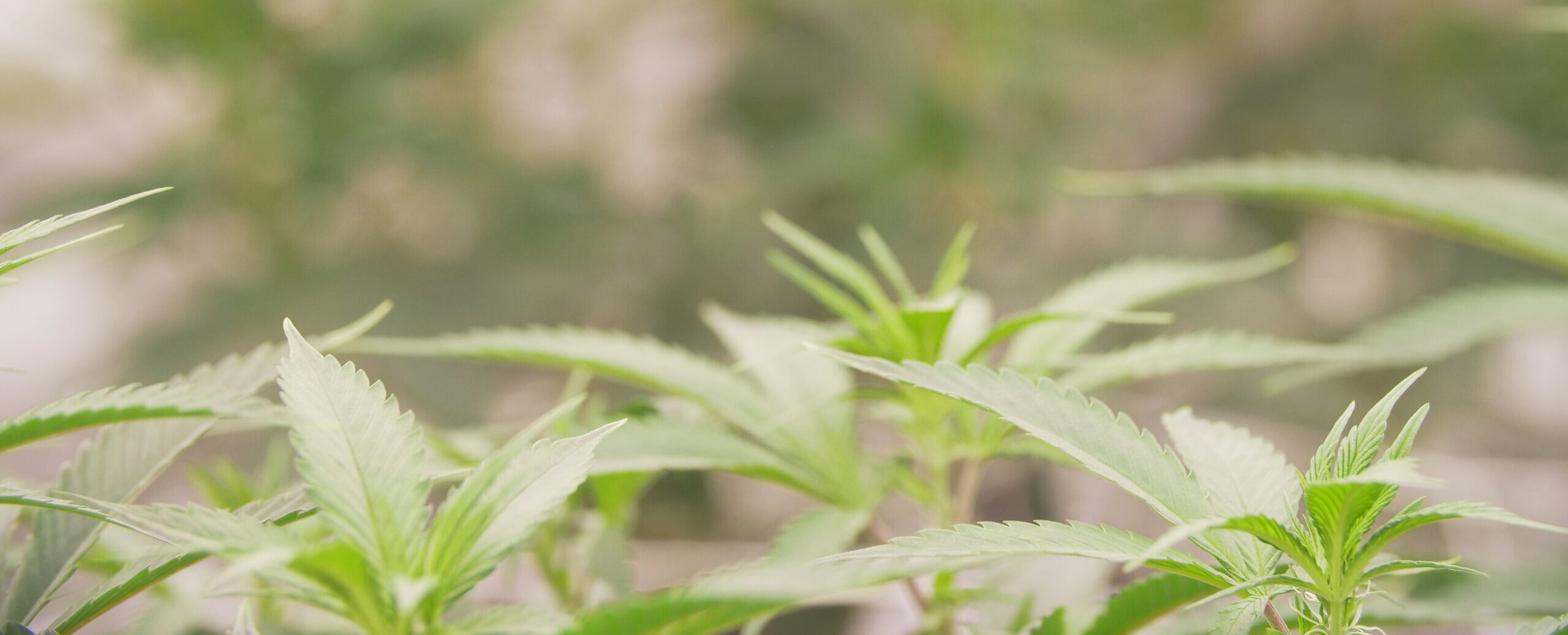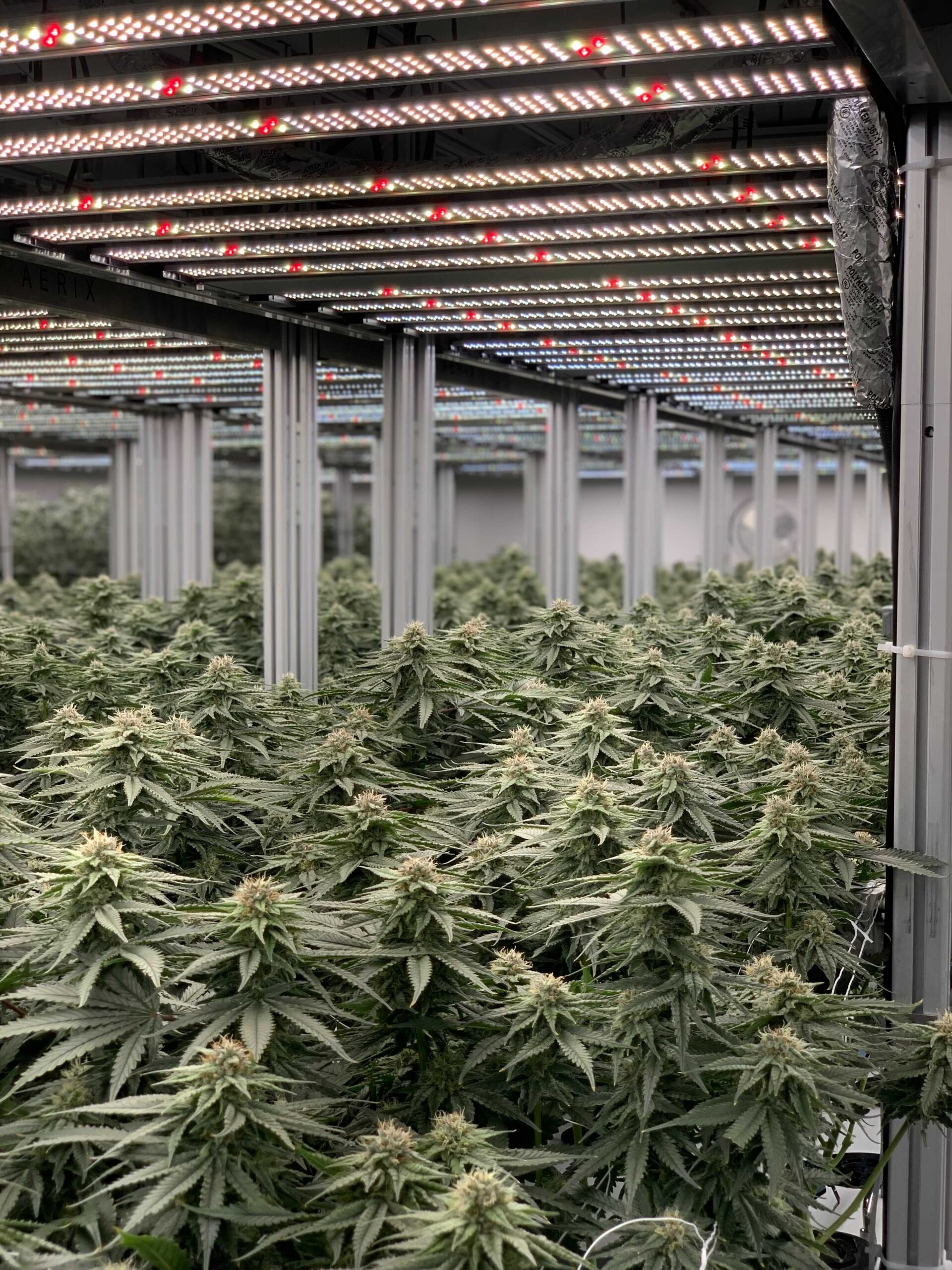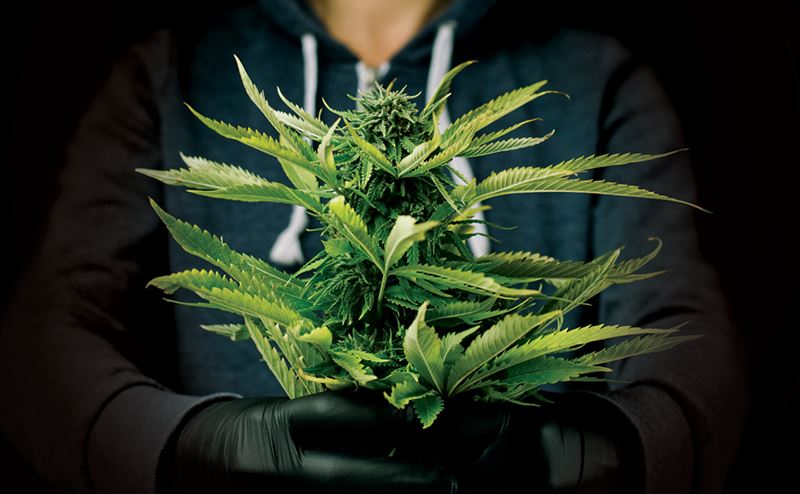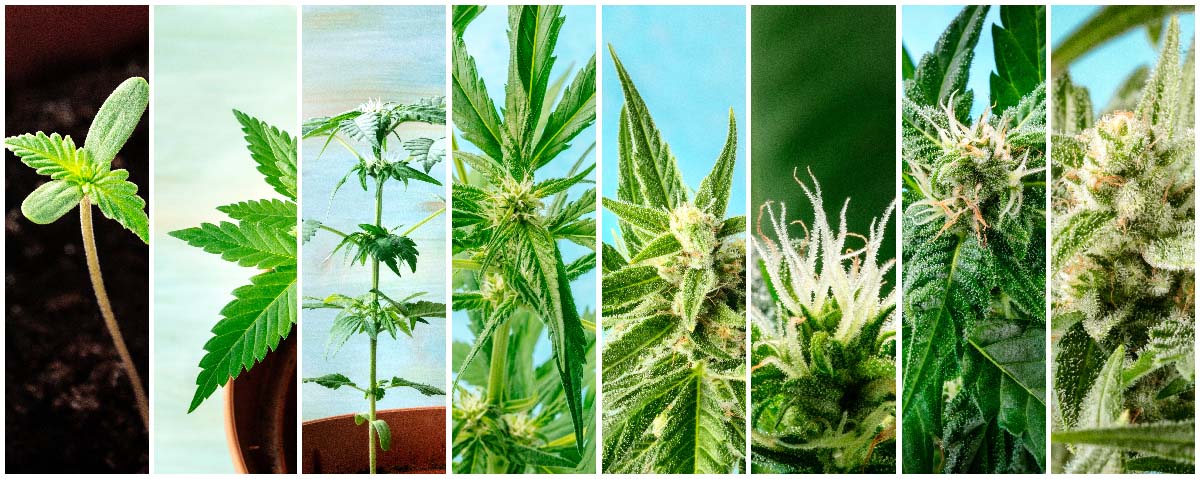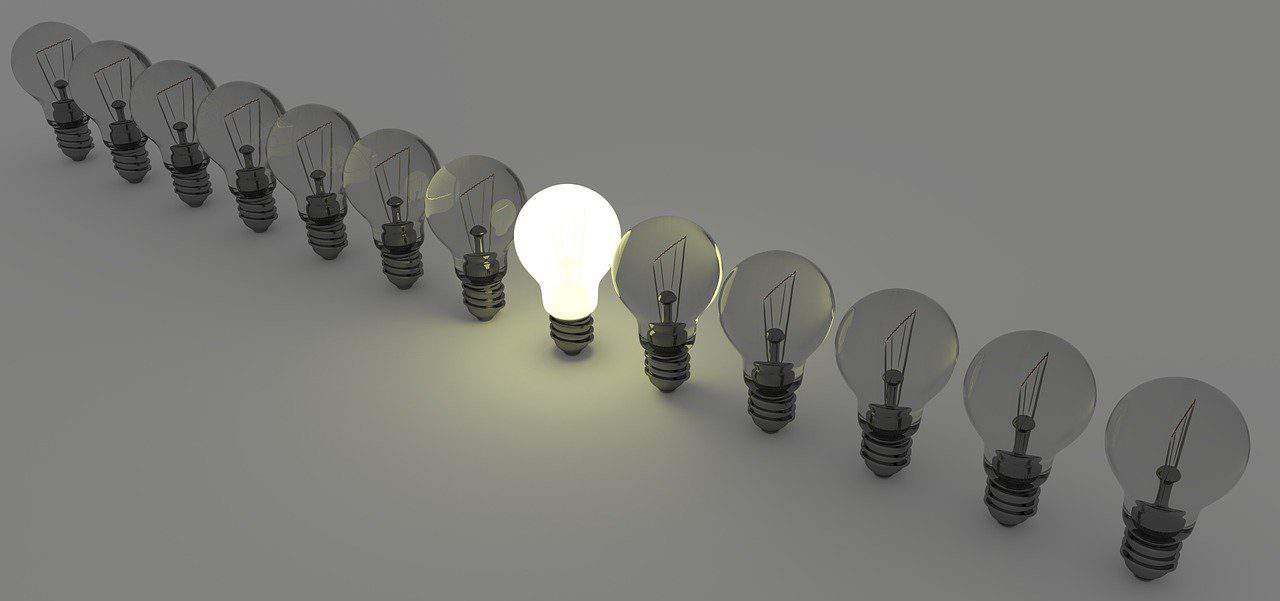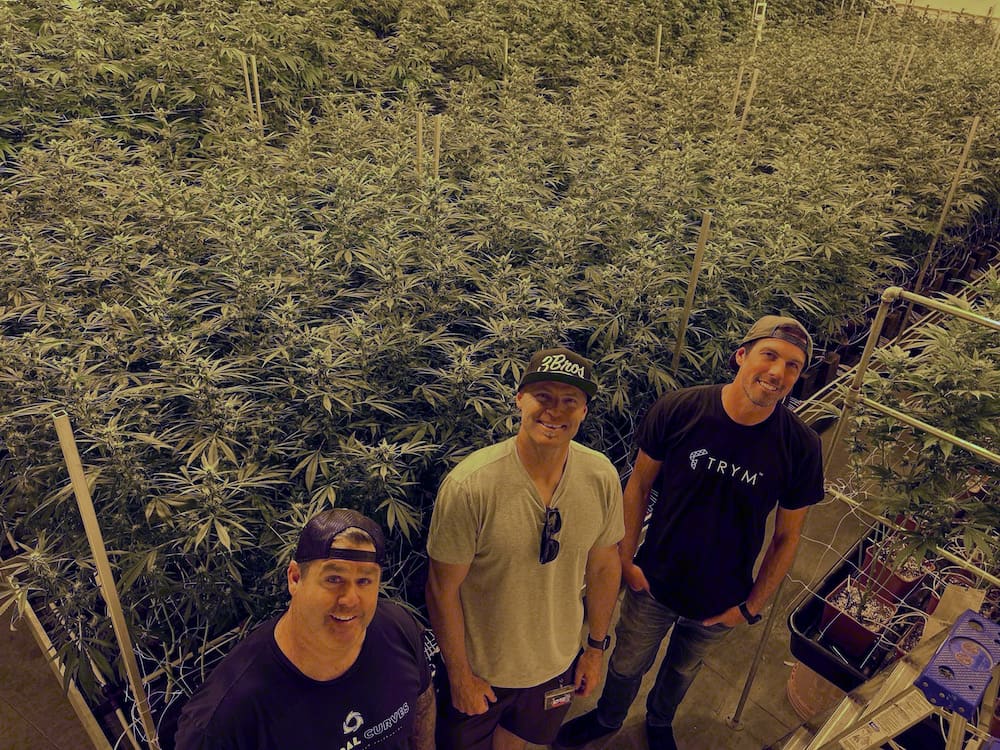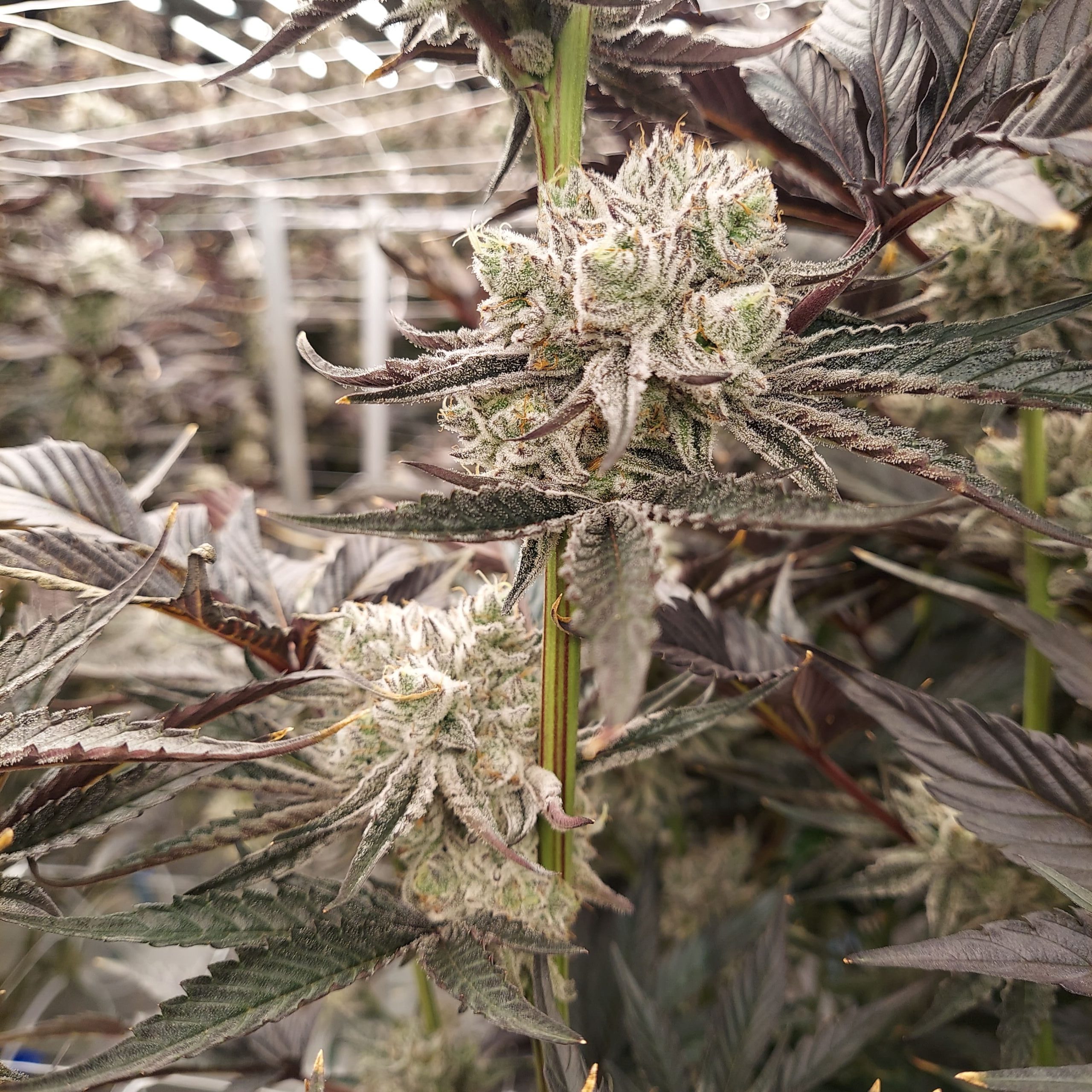Table of Contents
In commercial cannabis cultivation, particularly within indoor facilities and greenhouses, managing plant health is paramount for maximizing yield and quality. One common yet often misunderstood issue is nutrient burn—a condition that can significantly impact cannabis plants if not properly addressed. This article delves into the intricacies of nutrient burn, providing cultivators with the knowledge to identify, prevent, and rectify it, ensuring optimal plant health and production.
Distinguishing nutrient burn from deficiencies or nutrient lockout is critical, as the treatments differ significantly. While nutrient burn is caused by excess, deficiencies arise from a lack of specific nutrients, each presenting unique symptoms.
Before we explore nutrient burn in detail, let’s address some foundational aspects of nutrient management that can help prevent such issues from arising.
Essential Tips for Nutrient Management
Understanding NPK and Using a Nutrient Calculator: Learning how to use an NPK (Nitrogen, Phosphorus, Potassium) nutrient calculator is crucial for balancing the macro and micro-nutrient ratios in your feeding formula. Most nutrient lines have a nutrient calculator on their site. If they don’t, just give them a call and one of their reps should be able to guide you. A well-known approach like the Lucas formula can also simplify this process by providing a proven nutrient mix based on extensive research and experience.
Daily Monitoring of pH and EC: Measure your pH and EC daily. Track your PPM levels going in and directly out of the plant. This can help identify preferences different strains have for nutrient demand. Avoid measuring under the same pot repeatedly; instead, test random plants around the room or trays to get a comprehensive understanding of your garden’s health. For more on EC and PPM measurement, visit our cannabis EC guide.
Strain-Specific Nutrient Needs: Recognize that certain strains may have higher ppm/EC (Electrical Conductivity) preferences or need more food than others. Don’t hesitate to contact nutrient manufacturers for advice on adjustments based on specific strains you’re cultivating.
Managing Drybacks: Transitioning from one watering to two waterings a day is a critical period where the risk of lockout increases. Pay close attention to your plants’ response during this time to prevent nutrient issues. Drying back too much overnight or between irrigations during the day increases the risk of nutrient burn.
Visual Inspections: While you can generally observe and sense when your plants are unhappy, pinpointing the exact deficiencies or imbalances without a lab test is challenging. Focus on ensuring your nutrient formula is balanced from the start, as this is key to preventing nutrient burn and lockout.
With these foundational practices in place, let’s dive into nutrient burn, its signs, symptoms, and the solutions for managing this condition.
What is nutrient burn & why does it matter to cultivators
Nutrient burn, or “nute burn” can diminish plant health and yield. It results from excessive nutrient absorption, leading to toxicity that can take shape as yellowed, browned, or burnt leaf tips and edges. This stresses the plant, inhibiting growth and bud development, and can impact yield quality and cannabinoid profiles.
Leading causes of nutrient burn
- Over-fertilization – adding too much or concentrated nutrients can shock the roots and cause salt build-up.
- Imbalanced pH levels – nutrients become unavailable to the plant if the pH is off. The plant then uptakes excess fertilizer, causing burn.
- Excess salts – salt build-up from over-fertilizing prevents roots from absorbing nutrients properly.
Nutrient burn not only hinders growth by stressing the plant but also compromises the development of buds during the flowering stage, affecting yield and cannabinoid profiles. Understanding and managing nutrient levels is thus crucial for cultivators aiming for optimal plant health and production.
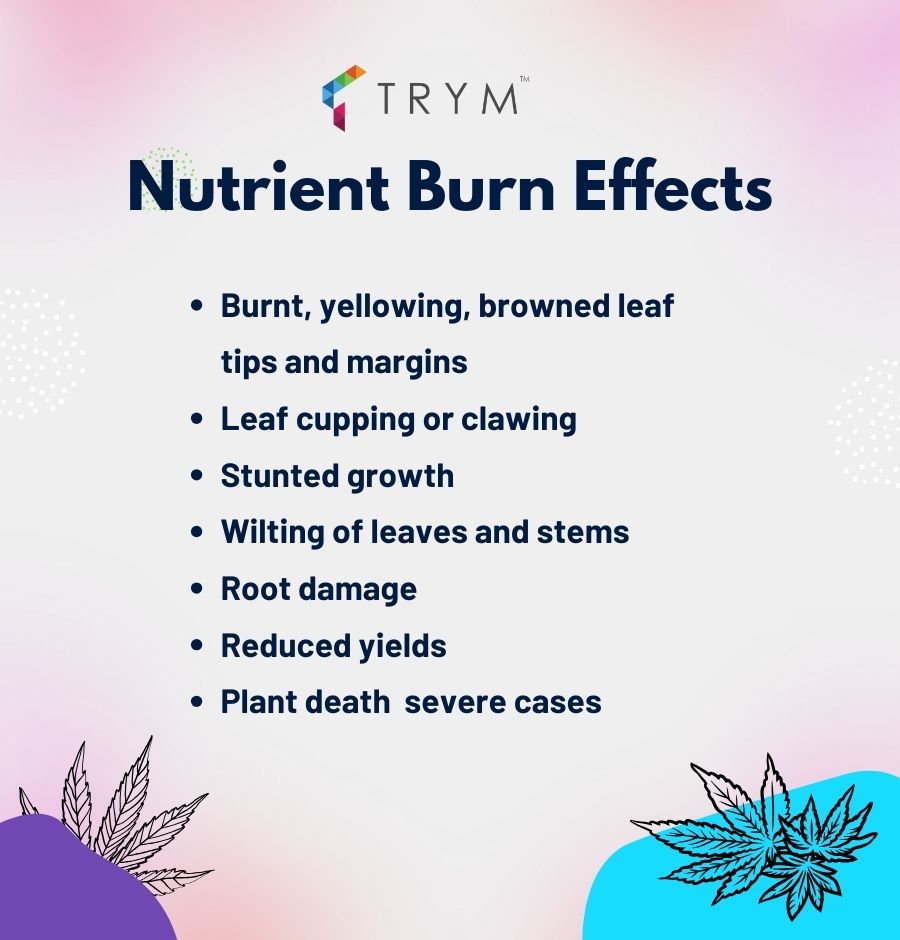
Effects of nutrient burn
Nutrient burn affects cannabis plants through a series of visible and detrimental symptoms. Initially, the leaf tips and margins become burnt, yellowed, or browned, indicating the plant struggles to manage excess nutrients. This condition can escalate to leaf cupping or clawing, where leaves warp in response to the stress.
As nutrient burn progresses, plants exhibit stunted growth and wilting of leaves and stems, signaling a severe disruption in their natural growth processes. Root damage may also occur, inhibiting the plant’s ability to absorb water and nutrients efficiently.
Continuing issues lead to reduced yields and, in severe cases, the death of the plant.
How to Identify Nutrient Burn: Early Signs and Symptoms
Early detection of nutrient burn can prevent significant damage. Some key early signs to look out for include:
- Tip burn: The earliest sign, where the tips of leaves turn yellow or brown at the tips or edges. The margins of the leaves may brown or curl upward. In severe cases, the leaves can become necrotic.
- Leaf clawing: Leaves may curl downwards, resembling a claw due to nitrogen toxicity, a common cause of nutrient burn.
- Discoloration: Beyond the tips, leaves may develop dark green, red, or purple hues, indicating nutrient overload. The color change usually starts at the tips and slowly spreads inward.
- Slowed growth: You may notice reduced new shoots and smaller leaves. Flowering and bud production can also decrease.
Regularly and carefully inspecting the leaves will help you identify nute burn in its early stages, making recovery easier.

Preventing Nutrient Burn in Cannabis Cultivation
Prevention is the best strategy for managing nutrient burn. Key practices include:
- Nutrient Management: Carefully calculate and apply fertilizers based on plant stage and soil tests. Follow label directions, but start with ¼ to ½ strength and gradually increase to full strength over time.
- Monitor Soil pH and EC: Maintaining optimal pH levels ensures nutrient availability, while monitoring Electrical Conductivity (EC) helps gauge nutrient levels in the soil, preventing over-fertilization. If the EC gets too high, lower the strength of the applied nutrient solution and apply more frequent irrigation and a potentially larger shot to increase drain. flush plants with plain pH water to decrease levels.
Following these preventative steps will help cannabis cultivators avoid the headache of dealing with nutrient burn altogether. For more strategies, visit our in-depth crop steering guide.
Dealing with Nutrient Burn: Immediate Steps and Long-term Strategies
Once nutrient burn is identified, immediate steps include:
- Flushing the growing medium: Diluting the soil with pH-balanced water is one of the fastest ways to deal with nutrient burn. helps remove excess salts or nutrients in the roots. Rockwool, however, should not be flushed as it doesn’t hold on to nutrients over time and a flush would deprive the plant of nutrients.
- Adjusting future feedings: Reducing fertilizer strength or frequency can prevent further nutrient buildup. Start at 25% strength and slowly increase back to full strength over the following week. Closely monitor plants for any signs of recurrent nutrient burn.
Long-term strategies involve revising fertilization plans and implementing regular monitoring to avoid recurrence.
Recovery Process and Timeline for Cannabis Plants After Nutrient Burn
Recovery from nutrient burn varies, with minor cases resolving in weeks, while severe damage may impact the entire growth cycle. Key signs of recovery include no more symptom progression and the emergence of new, healthy growth.
- Recovery timeframe: For mild cases caught early, cannabis plants can bounce back in 1-2 weeks. More severe cases that are allowed to progress can take 4-6 weeks for the plant to regain vigor and resume normal growth.
- New growth patterns: As the plant recovers, new foliage growth will appear light green and spindly at first. Eventually, the new leaves return to a healthy dark green color and normal size as the plant regains strength.
- Gradual pH adjustments: Correcting the pH fluctuation that led to nutrient burn should be done slowly over several weeks. Rapid pH swings will further stress the plant.
- Long-term effects if untreated: Without treatment, severe nutrient burn can stunt cannabis plants’ growth and reduce yields. It can also make the plants more vulnerable to deficiencies, pests, and diseases.
Keep in mind that recovery requires your patience! It may be difficult to see the damaged leaves, which will not heal, but new, healthy foliage will replace them over time.
Common Issues Mistaken for Nutrient Burn and Their Differences
Source: Organitek
Common issues often mistaken for nutrient burn include nitrogen toxicity, pests and diseases, deficiencies or lockout, and overwatering. Each presents unique symptoms that necessitate precise identification for proper treatment. Here’s an overview to help distinguish nutrient burn from these conditions, improving plant care accuracy.
Nitrogen Toxicity is marked by dark green leaves and a claw-like appearance, distinct from nutrient burn’s burnt leaf tips.
Pests and Diseases can simulate nutrient burn symptoms but require different treatments, emphasizing the importance of identifying the actual cause.
Deficiencies or Lockout show through leaf signs different from nutrient burn, necessitating careful diagnosis to address the specific lack of nutrients.
Source: Organitek
Distinguishing Features:
- Deficiencies and Lockout: Unlike nutrient burn, which begins at leaf tips and edges, deficiencies typically cause uniform discoloration across all leaves, starting with older ones near the bottom. Symptoms include yellowing, mottling, or necrosis, contrasting with nutrient burn’s crispy brown tips.
- Overwatering: It affects the entire plant due to root rot, unlike nutrient burn, which is isolated to leaf tips and edges. Overwatered plants have uniformly yellow or drooping leaves, differing from the crispy or burnt-looking edges caused by nutrient burn.
- Light Burn: Affects the plant’s topmost leaves with white or very light brown discoloration, unlike nutrient burn’s darker, crispy brown damage on middle and lower leaves.
- Pest Damage: Visible pests or eggs on leaf undersides and isolated damage spots distinguish pest issues from nutrient burn, which shows along leaf edges and tips.
Understanding these differences can help you address plant health issues accurately and swiftly, ensuring effective treatment and optimal plant growth.
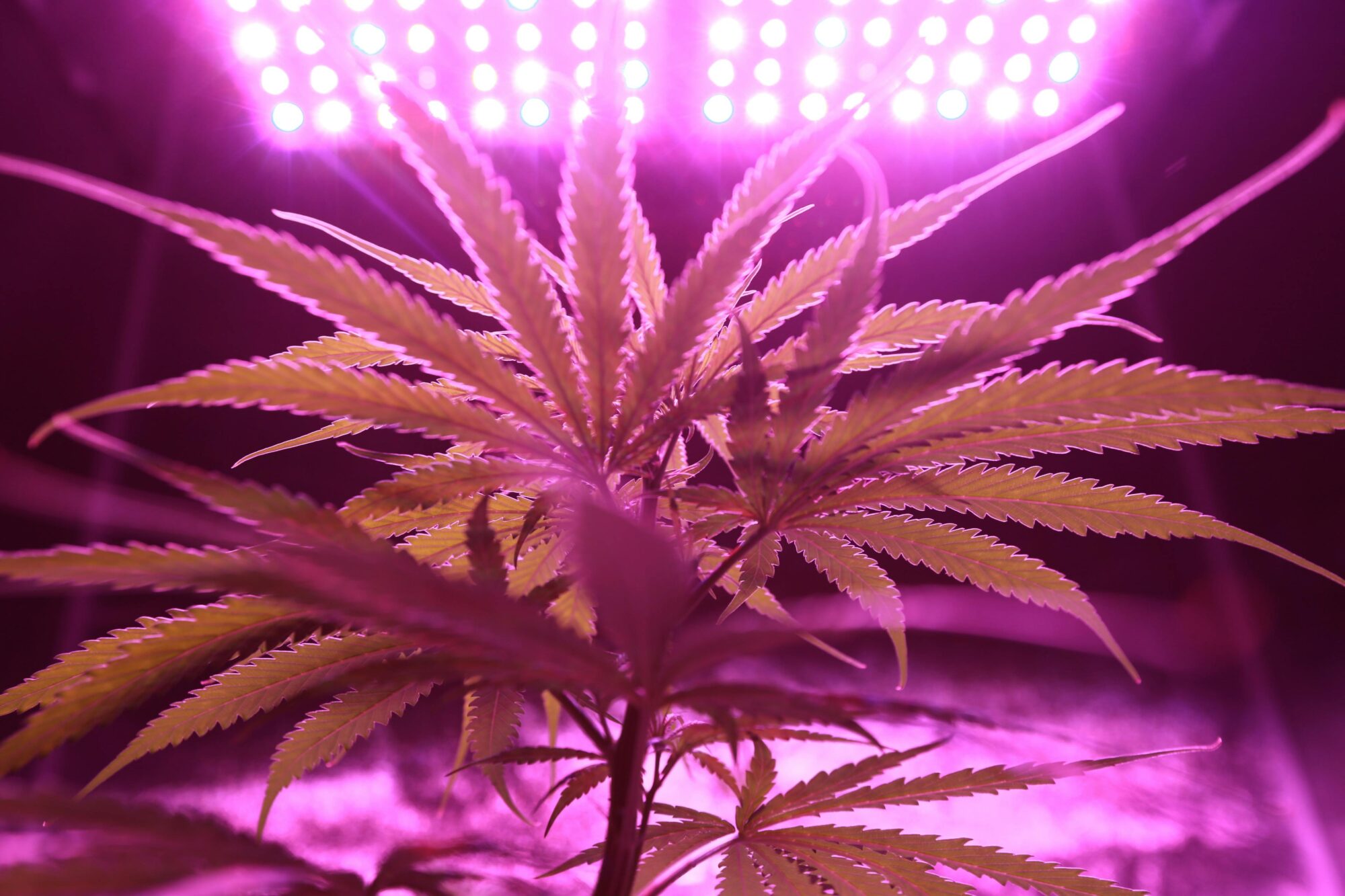
Can cultivation software help in any way?
Cultivation management software like Trym can be valuable for preventing and addressing nutrient burns. Here are some key ways software can assist:
Monitoring/data tracking – Software allows cultivators to closely monitor metrics like pH, EC, WC, runoff PPM, overnight and daytime drybacks, and more. Tracking this data over time gives growers visibility into changes and early signs of potential issues like nutrient burn. Data can be monitored manually or automatically with connected sensors.
Early alert systems – Software platforms can have built-in early alert systems that notify users when certain thresholds are exceeded, or patterns emerge in the data that may indicate nutrient burn. This allows rapid response before major issues occur.
Record keeping – Complete data history and automated record keeping provide context and make it easy to remember what was changed and when. This helps optimize nutrients and practices to avoid burn.
Optimizing nutrient schedules – Data analysis tools can show ideal rates and ratios of nutrients to maximize growth while avoiding burn. Software can also generate custom nutrient recipes tailored to each strain and growth stage.
Well-designed cultivation software centralizes key data and provides actionable insights that assist with prevention, early intervention, and correction of nutrient issues like burn. While software can’t solve every problem, it can be a valuable tool for monitoring plant health.
Conclusion
Nutrient burn in cannabis results from excessive soil nutrients, causing plant toxicity. Early detection is crucial, with signs including brown or yellow leaf tips, leaf curling or wilting, and spotting. Some preventive measures include consistent EC checks and flushing the soil with pH-balanced water to eliminate excess salts.
Maintaining proper pH levels is vital for recovery, which typically spans 1-2 weeks, with new leaf growth indicating recovery. Finally, distinguishing nutrient burn from similar issues like deficiencies, root problems, and light burn can set the expert grower apart from the novice. We hope this guide on nutrient burn is helpful to you on your growing journey!


